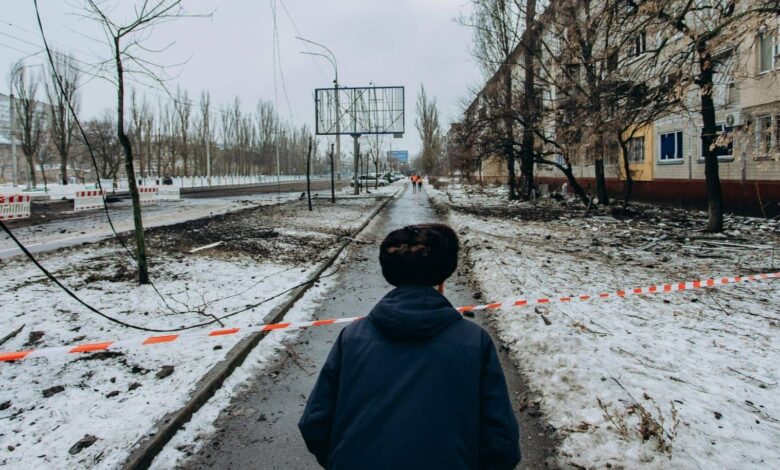
In the third year of conflict with Russia, Ukraine may be confronting a looming winter. With temperatures threatening to plummet below freezing, the demand on the energy grid will be sky-high, especially in large cities such as Kharkiv, where two major power plants were devastated at the beginning of this year. Russia has been systematically targeting the energy infrastructure, power stations, and substations, injudiciously short in a vulnerable system with minimal air defenses.
Ukraine has grown more dependent on nuclear energy, which now supplies 70 percent of its needs, the highest ratios globally. Fears of a meltdown have kept those plants relatively safe, but substations crucial to carrying the power are still exposed and hard to repair.
With the advent of winter, those power shortages will only get worse, and it’s not just a question of heating homes but also meeting the power-hungry needs of Ukraine’s defense industry. That has become all-important in arming the armed forces as support from the United States begins to fade.
The upcoming U.S. election brings uncertainty. Though the general feeling of stay-positive America toward Ukraine has gradually weakened since domestic priorities and shifting military resources have emerged, if Vice President Kamala Harris becomes president, she may want to keep things like they are with current aid levels. With a Republican-controlled Senate, this could get messy.
Republican candidate Donald Trump might support a settlement that would freeze the conflict, thus leaving considerable territory under Russian control. Such a cut in U.S. assistance would send Kyiv to the negotiating table to cut a deal, enabling Russia to regroup and preventing Ukraine from getting the security guarantees it needs.
As Ukraine aims for military victory, the standoff may depend on what Russia does next. Both sides have suffered high attrition in this ongoing conflict.



